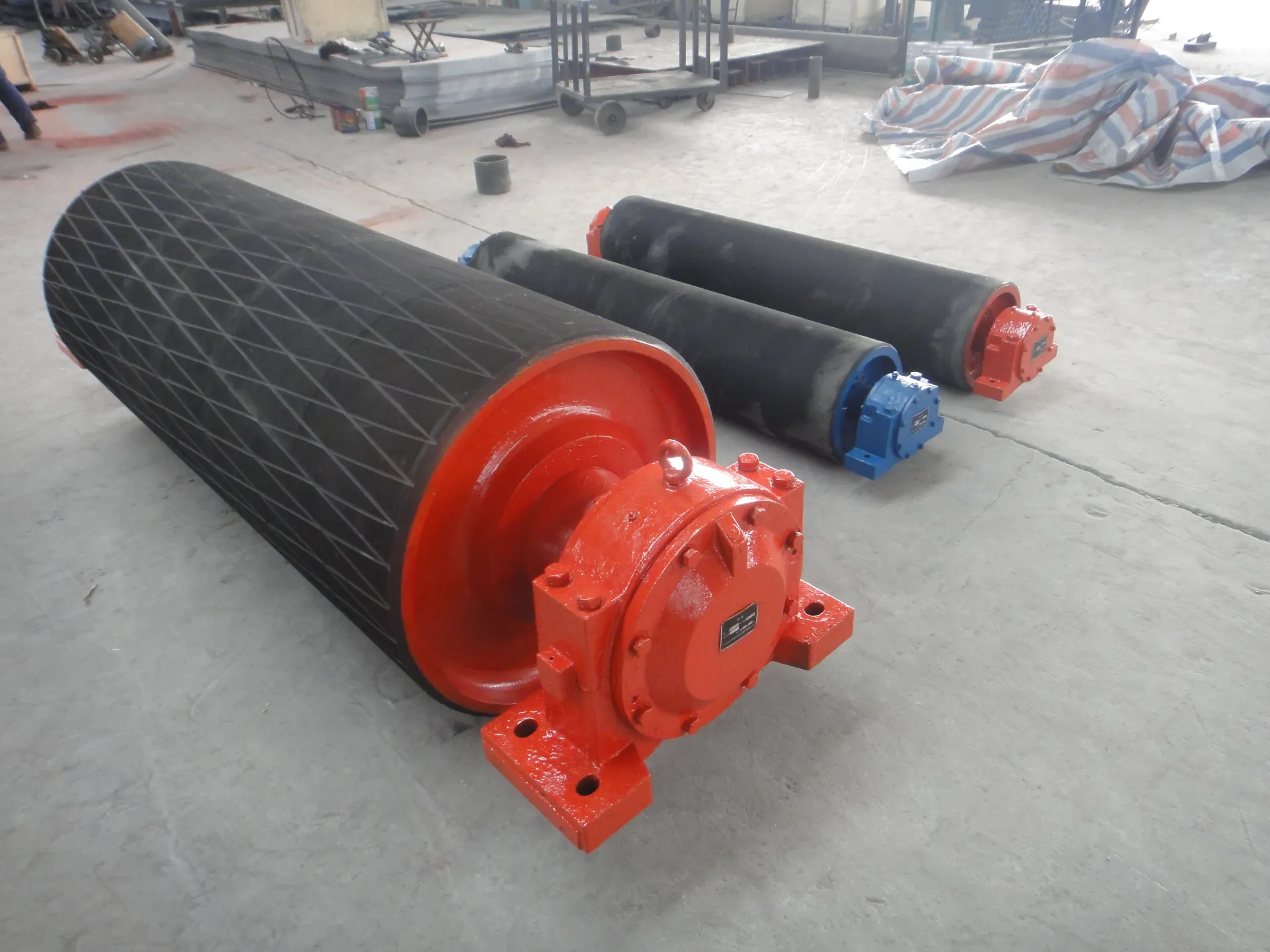 Afrikaans
Afrikaans  Albanian
Albanian  Amharic
Amharic  Arabic
Arabic  Armenian
Armenian  Azerbaijani
Azerbaijani  Basque
Basque  Belarusian
Belarusian  Bengali
Bengali  Bosnian
Bosnian  Bulgarian
Bulgarian  Catalan
Catalan  Cebuano
Cebuano  Corsican
Corsican  Croatian
Croatian  Czech
Czech  Danish
Danish  Dutch
Dutch  English
English  Esperanto
Esperanto  Estonian
Estonian  Finnish
Finnish  French
French  Frisian
Frisian  Galician
Galician  Georgian
Georgian  German
German  Greek
Greek  Gujarati
Gujarati  Haitian Creole
Haitian Creole  hausa
hausa  hawaiian
hawaiian  Hebrew
Hebrew  Hindi
Hindi  Miao
Miao  Hungarian
Hungarian  Icelandic
Icelandic  igbo
igbo  Indonesian
Indonesian  irish
irish  Italian
Italian  Japanese
Japanese  Javanese
Javanese  Kannada
Kannada  kazakh
kazakh  Khmer
Khmer  Rwandese
Rwandese  Korean
Korean  Kurdish
Kurdish  Kyrgyz
Kyrgyz  Lao
Lao  Latin
Latin  Latvian
Latvian  Lithuanian
Lithuanian  Luxembourgish
Luxembourgish  Macedonian
Macedonian  Malgashi
Malgashi  Malay
Malay  Malayalam
Malayalam  Maltese
Maltese  Maori
Maori  Marathi
Marathi  Mongolian
Mongolian  Myanmar
Myanmar  Nepali
Nepali  Norwegian
Norwegian  Norwegian
Norwegian  Occitan
Occitan  Pashto
Pashto  Persian
Persian  Polish
Polish  Portuguese
Portuguese  Punjabi
Punjabi  Romanian
Romanian  Russian
Russian  Samoan
Samoan  Scottish Gaelic
Scottish Gaelic  Serbian
Serbian  Sesotho
Sesotho  Shona
Shona  Sindhi
Sindhi  Sinhala
Sinhala  Slovak
Slovak  Slovenian
Slovenian  Somali
Somali  Spanish
Spanish  Sundanese
Sundanese  Swahili
Swahili  Swedish
Swedish  Tagalog
Tagalog  Tajik
Tajik  Tamil
Tamil  Tatar
Tatar  Telugu
Telugu  Thai
Thai  Turkish
Turkish  Turkmen
Turkmen  Ukrainian
Ukrainian  Urdu
Urdu  Uighur
Uighur  Uzbek
Uzbek  Vietnamese
Vietnamese  Welsh
Welsh  Bantu
Bantu  Yiddish
Yiddish  Yoruba
Yoruba  Zulu
Zulu types of conveyor idlers
Understanding the Different Types of Conveyor Idlers
Conveyor systems are integral to many industrial and manufacturing processes, facilitating the efficient movement of materials. A crucial component of these systems is the conveyor idler. Idlers are rollers or supports that maintain the position and alignment of the conveyor belt, ensuring smooth operation. This article will explore the various types of conveyor idlers, their functions, and how they contribute to the efficiency of conveyor systems.
1. Standard Idlers
Standard idlers are the most commonly used type in conveyor systems. They are primarily designed to support the weight of the conveyor belt and the materials being transported. Standard idlers come in various sizes and configurations, depending on the specific application. They typically consist of a cylindrical roller mounted on a frame, which allows for easy rotation. Designed to minimize friction, these idlers help reduce energy consumption and wear on the conveyor system.
2. Trough Idlers
Trough idlers are a specific type of standard idler, characterized by their V-shaped arrangement. This design allows for better material containment, preventing spillage during conveying. Trough idlers can be found in various configurations, such as 20, 35, and 45 degrees, depending on the desired capacity and material characteristics. They are particularly effective in transporting bulk materials like coal, ores, and aggregates.
Impact idlers are designed to withstand the force of heavy loads during material loading. Situations where materials are dropped onto a conveyor can cause significant stress on the system. Impact idlers are constructed with robust materials and come with reinforced frames to absorb shock and distribute the load evenly. By reducing the impact of falling materials, these idlers help prolong the lifespan of the conveyor belt and other components.
types of conveyor idlers

4. Return Idlers
Return idlers are installed on the return side of the conveyor belt, where the empty belt travels back to the loading section. Their primary function is to support the underside of the belt and maintain its shape. Various types of return idlers, such as flat and rubberized idlers, are used depending on the material characteristics and the environmental conditions. Properly functioning return idlers are essential for ensuring that the conveyor system operates effectively without belt sagging or misalignment.
5. Training Idlers
Training idlers, also known as guide idlers, are critical for maintaining belt alignment. Misaligned belts can lead to various issues, including increased wear and reduced efficiency. Training idlers typically have an adjustable design, allowing them to pivot and guide the belt back to its intended path. These idlers are particularly useful in conveyor systems that experience shifting loads or curves.
6. Specialty Idlers
In addition to the standard types mentioned, there are several specialty idlers designed for specific applications. For example, self-cleaning idlers have built-in mechanisms that prevent material buildup on the rollers. This helps maintain efficiency and reduces the need for manual cleaning. Similarly, modular and adjustable idlers offer versatility for changing applications or configurations, making them suitable for a range of industries.
Conclusion
Conveyor idlers play a crucial role in the efficiency and reliability of conveyor systems. Each type of idler serves specific functions and is designed to address various operational challenges. Understanding the different types of conveyor idlers—standard, trough, impact, return, training, and specialty—can help businesses select the right idlers for their needs, ultimately enhancing productivity and reducing downtime. As technology advances, innovative idler designs will continue to improve conveyor system performance, making these components vital for modern industrial operations.
-
Revolutionizing Conveyor Reliability with Advanced Rubber Lagging PulleysNewsJul.22,2025
-
Powering Precision and Durability with Expert Manufacturers of Conveyor ComponentsNewsJul.22,2025
-
Optimizing Conveyor Systems with Advanced Conveyor AccessoriesNewsJul.22,2025
-
Maximize Conveyor Efficiency with Quality Conveyor Idler PulleysNewsJul.22,2025
-
Future-Proof Your Conveyor System with High-Performance Polyurethane RollerNewsJul.22,2025
-
Driving Efficiency Forward with Quality Idlers and RollersNewsJul.22,2025





























